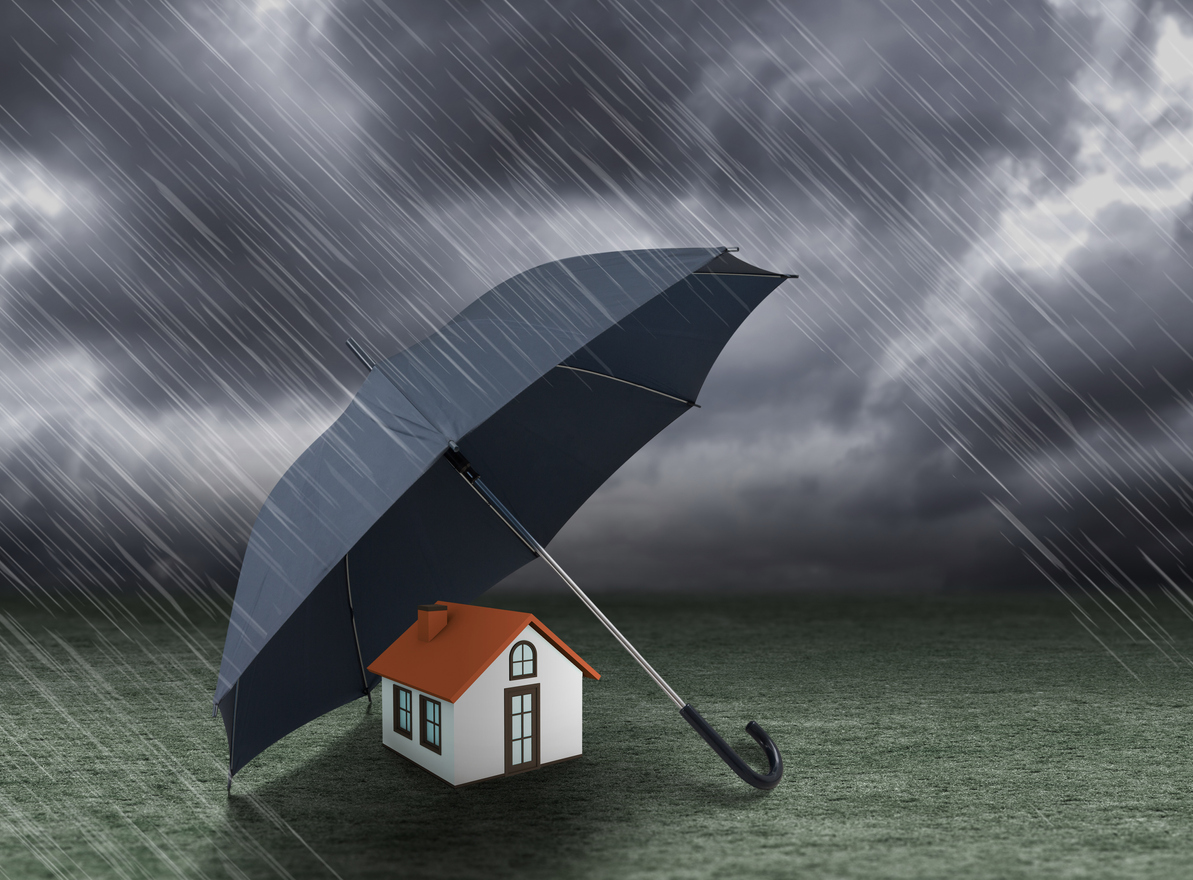Building in Cyclone-Prone Areas – Five Things to Consider
In Australia, we experience cyclones between November and April. This poses a significant risk to regions with such a large coastal area. The best way to mitigate the risk of damage is by building with cyclones in mind. When the wind reaches speeds of 165km/h or more, they are considered severe, and the damage can be immense. Australia experiences an average of 11 cyclones a year. Here are five things to consider when building in cyclone-prone areas such as the Western region, the North-western sub-region, the Northern region, and the Eastern regions.
1. Understanding the Effects of Cyclones on Buildings
While it’s easier to avoid building in cyclone-prone zones altogether, people still need homes and businesses in these areas. Cyclones produce heavy winds, heavy rainfall, and flooding.
The most common building damage cyclones can lead to:
- Flying debris breaking windows.
- Doors and windows which haven’t been properly secured will be blown open.
- Water damage to the ceiling and walls through water ingress.
- Roofs lifted off buildings or blown off them altogether.
2. Getting Council Approval
Before you forge ahead with your project, ensure that your contractors and architect are familiar with the existing building standards for heavy wind loads. While there is no such thing as a cyclone-proof building, several factors will help support the integrity of your building in the event of a cyclone and ensure the local council approves your plans.
Factors which will affect plan approval:
- The wind classification of the site will be used to specify the required performance for all structural elements.
The building elements must be selected to match the wind requirements of the site. - The footings should have enough weight or embedment to resist potential uplift.
3. Building to Code
Whether you are constructing a building from scratch or renovating an existing building, it needs to meet the Building Code of Australia. For your building to meet these standards, structural elements such as doors, windows, cladding, garage doors and rooves need to withstand gale-force winds. This work is best done by licenced trade professionals and the work needs building approval through either a building certifier or the Building Services Authority.
4. Reduce Insurance Claims
Buildings which are built, renovated, and restored with cyclone resistance in mind, have reduced insurance clams. Simply securing doors, roofs, and windows could reduce insurance claims by up to 8% or up to $15,000 in some cases. Moreover, reducing the risk of flying debris will also minimise the risk of injury to individuals.
5. Climate Change is Here to Stay
Based on what we know so far about the effects of climate change, we know we must build with extreme weather phenomenon in mind. At this stage, the current Australian building standards are expected to be appropriate for windspeed predictions for the next few decades. For this reason, these standards need to be met to minimise any potential damage.
To further help you with your building project, consider using Archistar property development software. It will help you identify cyclone-prone areas and design your building with Australian building standards in mind. To arrange a free product demo, get in touch with Archistar today.

